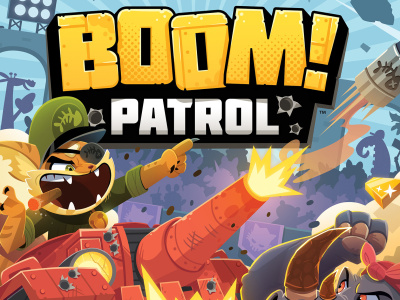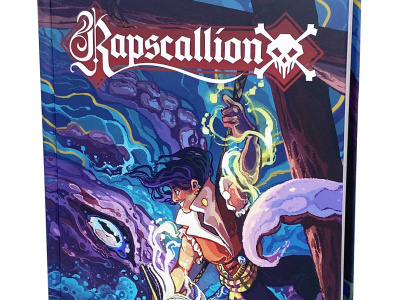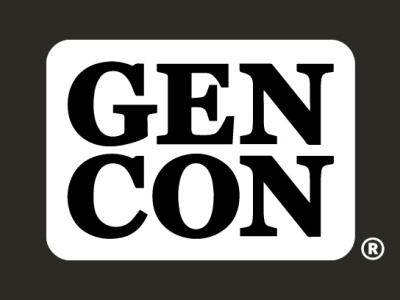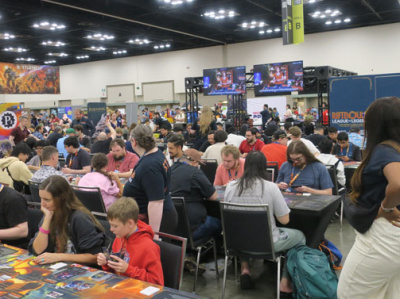 Rolling for Initiative is a weekly column by Scott Thorne, PhD, owner of Castle Perilous Games & Books in Carbondale, Illinois and instructor in marketing at Southeast Missouri State University. This week, Thorne discusses pricing strategies.
Rolling for Initiative is a weekly column by Scott Thorne, PhD, owner of Castle Perilous Games & Books in Carbondale, Illinois and instructor in marketing at Southeast Missouri State University. This week, Thorne discusses pricing strategies."Buy Low, Sell High."
There you go; that, in the proverbial nutshell, is how you make a profit in the game business, actually in any business. Or, paraphrasing something a friend of mine, Marcus King (late of Titan Games and Entertainment, more recently with Troll and Toad) repeats from a mentor of his years ago: "You make your profit when you buy and your cash when you sell." The lower for which you can produce or buy a product, the more money you make when you eventually sell it. Simple, right?
Not completely. The above is indeed the basic of pricing but there are a number of different strategies and tactics a business can take with its pricing, depending on what sort of image it wishes to project.
First, and most basic, is cost pricing. You take the cost of the product you purchase or make (hopefully low, see above), increase it by an amount sufficient to generate enough money to cover the business overhead and provide a profit that you consider sufficient and sell it for that price. Fairly straightforward, though not necessary simple, as this method does require you to know your overhead costs and how to break them down in order to assign them to items for sale. This also highlights a recurring problem game stores have with a price for their products set by the manufacturer (manufacturer's suggested retail price or MSRP). Since customers are notoriously reluctant (with good reason) to pay more than the marked MSRP for items, having a price pre-set by the manufacturer constrains the amount of gross profit the store can earn from the item, ergo the only way for a retailer to increase profits is to cut costs. This is why game stores really dislike short discounted items from manufacturers, as a shorter discount on a product leaves that much less money available to cover the costs associated with running the store.
Demand based pricing and competitive pricing are the two other major strategies a game store can choose to adopt when setting prices. Demand based pricing derives from economic laws of supply and demand: As supply decreases, price increases. As demand increases, price increases. A perfect example of this is collectable card games such as Magic: The Gathering and Yu-Gi-Oh!. Within any new release of either, there are always 1 or 2 cards highly desired by players. The price for these cards quickly rises, due to demand, with the prices for the foil versions of the same cards priced even higher, this however, due to scarcity/lack of supply. If players find these cards not as playable as hoped for or they cycle out of the preferred tournament environment, supply remains the same but demand drops, causing a reduction in the price a retailer will find customers willing to pay for cards, the Magic "Jace the Mind Sculptor" card is a perfect example.
When a store opts for competitive pricing, it is a good thing from the consumer's point of view, not so much from the retailer's as this means you reduce price in order to either grow market share or meet prices offered by competition on the same products. Typically a retailer will cut prices in order to attract customers drawn to a lower price. Magic packs are a classic example in game stores. Hoping to attract more customers, mainly the price conscious kind, a retailer cuts the price on Magic boosters to $3.50, or by 12.5%. Other stores in the area have three choices: ignore the price cut and either sacrifice those price conscious customers or determine some other way to retain them, meet the price cut and sacrifice some profits to keep customers, or exceed the price cut to keep those customers and attempt to draw in price conscious customers from the competing store. If you choose option three, expect the other store(s) to cut their prices to meet or beat yours and, next thing you know, you have a full-fledged price war on your hands. Great for the consumer, really bad for the store as that money you are giving up from profits is money that would otherwise go into running your store. Price wars are usually won by the store with the deepest pockets as lesser capitalized stores give up, though really no store ever wins a price war (though it is rather good for manufacturers as long as it lasts and as long as no store goes out of business).
So, returning back to the beginning, stores make profits by buying a product as cheaply as possible, selling it for what the market will bear and competing as much as possible on things other than price. Do that and you have a really good chance of staying in business.
The opinions expressed in this column are solely those of the writer, and do not necessarily reflct the views of the editorial staff of ICv2.com.







